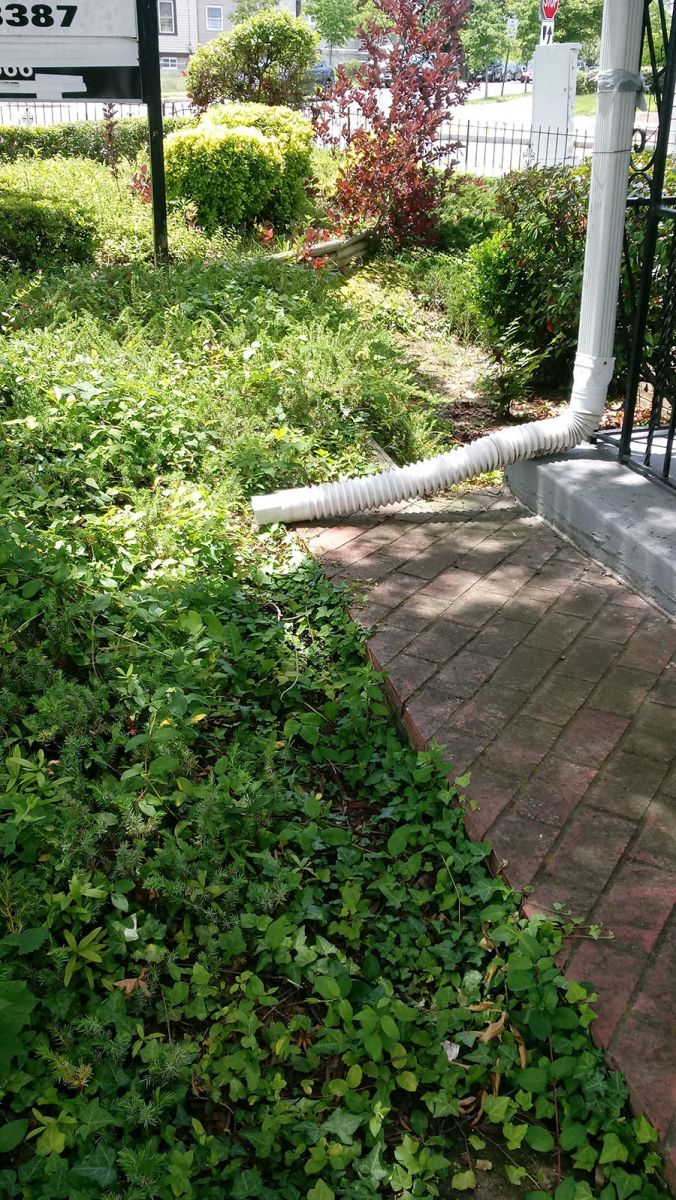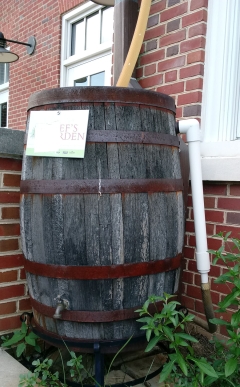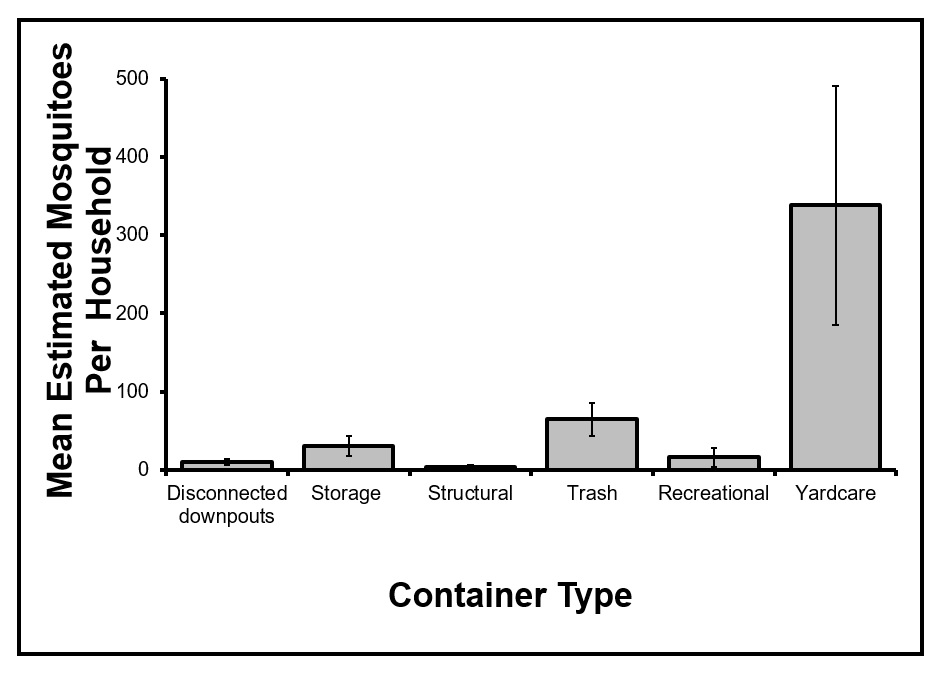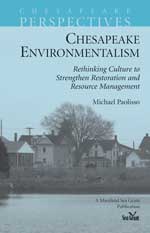Knauss legislative fellowships in Congress help build careers — and they're fun and educational. See our video and fact sheet for details.
Fact Versus Fiction: the Truth About the Stormwater Structures in Your Yard
Urban stormwater runoff is the fastest growing source of pollution in Chesapeake Bay. It’s a big worry, but there is something that each of us can do about it in our own backyards.
Stormwater structures that manage runoff are becoming more widely used as a way to reduce this pollution. These structures help to soak up, store, and clean stormwater before it enters waterways, reducing the amount of nutrients, eroded sediments, and pesticides that the stormwater carries into those tributaries and eventually the Chesapeake Bay following a storm.
There are lots of options for you to “do your part” and implement stormwater management structures in your own backyard depending on your preferences and your yard’s features. To help you with your decision, I would like to shed some light on common misconceptions about stormwater structures – insights I have gained through my research on this topic.
FICTION:
Rain barrels and other stormwater structures are a common breeding ground for mosquitoes.
FACT:
Although mosquitoes have been documented to breed in rain barrels, they are unlikely to be able to access rain barrels set up correctly. Rain barrels should have screens installed on the entrance pipes that funnel stormwater from gutters into these collection containers. Be sure that these screens are also narrow enough to block mosquitoes from flying in. The website Yard Care Gurus offers detailed advice on mosquito-proofing your rain barrel and suggests a screen with 1/16th-inch mesh. Emptying the rain barrel within three days of a rain event can also ensure mosquitoes cannot successfully breed in the structure. Problematic rain barrels tend to be those that are poorly maintained; well cared-for barrels present no habitat for mosquitoes.
Some studies have found that another type of stormwater management device – corrugated downspout disconnects – provide patches of standing water where mosquitoes can breed. These corrugated plastic pipes direct stormwater from gutters onto lawns, where the water seeps into the ground instead of flowing into municipal stormwater drainage systems. However, my current thesis research suggests that these pipes are likely not as much of a problem compared to the many other containers found in a typical backyard, such as trash cans or recreational items in the yard that are larger and often hold water longer after a rainfall.
|
|
|
Estimated mosquito abundance in different container types. Yard-care containers, including trash cans, had the highest estimated abundance. Chart credit: P. Kanoko Maeda |
FICTION:
Stormwater structures are expensive.
FACT:
There are several rebate programs available in the Chesapeake Bay area to help pay for your structure. For example, Prince George’s County and the Chesapeake Bay Trust’s Rain Check Rebate Program can reimburse homeowners up to $4,000 for structures such as rain barrels, rain gardens, and pervious pavement. You can build your own rain barrel for as little as $20. Plus, with less water usage, you may even save on your utility bill!
FICTION:
Stormwater structures will make my yard look unattractive.
FACT:
Installations such as rain gardens can actually make your yard more aesthetically pleasing. For example, you can purchase decorative permeable pavement, and structures such as rain barrels can easily be painted to fit in better with your landscaping. Beyond aesthetics, structures such as pervious pavement may also offer safety benefits, including reducing the ability for black ice to form.
FICTION:
Stormwater structures are difficult to maintain.
FACT:
The amount of maintenance required for each stormwater structure varies. Rain gardens are one kind of stormwater structure that may be on the higher maintenance end. Rain gardens are man-made depressions in yards that capture and absorb runoff from surfaces such as driveways and roads. These gardens can be very popular because of their aesthetic appeal; plants that fill the garden can also attract butterflies or native plants. When there is a rain event, the garden collects several inches of water, which is then are absorbed by the plants and drained through the garden’s soil rather than running straight into drainage. If you choose to install a rain garden on your property, you will need to water the garden regularly in the first season. It’s also important to know how the rain garden works, so you can properly maintain it. A study done by the Northern Virginia Soil and Water Conservation District found a rain garden in which eroded soil blocked the runoff from draining through the garden’s soil, which is one of the main functions of the structure.
In contrast to the maintenance required for rain gardens, maintenance on rain barrels takes little time. Rain barrels just need to be inspected every few weeks to make sure that the screens at the drainage entrance and exit of the barrel are intact and there are no other openings for mosquitoes to enter the barrel. After a rain event, you should empty barrels within three days if the screens are not in good condition.
 |
|
Downspout disconnection at a Washington, D.C., property. Photo credit: P. Kanoko Maeda |
Downspout disconnection are also relatively maintenance-free. To maintain them, just ensure that the opening faces a pervious surface like a lawn and water does not pool inside the pipe after a rain event. If your downspout has a corrugated extension spout attached, check that the spout is angled downward and drill holes in it to help with drainage. After a rain event, also check and make sure that the corrugated extension spout is still attached to the downspout.
FICTION:
I require a permit before I can install structures such as rain barrels.
FACT:
A permit is not likely required for installing a rain barrel on your property. However, if you are part of a homeowner’s association, you may need to obtain a letter of approval before installing. Findings from my thesis research suggest that being part of a homeowner’s association may actually be a barrier to installing a stormwater structure. Survey respondents who owned their home and who were not members of a homeowner’s association were more likely to have installed a stormwater structure. This might be because these associations are enforcing strict regulations on yard care. So when seeking approval, be sure to inform them of the many economic and environmental benefits!
Installing stormwater structures in your yard is one of the easiest ways to help stop pollution from entering Chesapeake Bay, and my thesis research has let me dispel some of the myths that may play a role in homeowners’ decisions whether to install them. Whether homeowners have a fear of mosquito breeding or concerns about cost, maintenance, or aesthetics, I am confident that every one of them can find the right stormwater solution for their yards – and help protect the Bay.
For More Information
Stormwater Runoff, Chesapeake Bay Program
Photo, top left: A rain barrel on the University of Maryland, College Park campus. Credit: P. Kanoko Maeda
See all posts to the Fellowship Experiences blog





